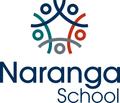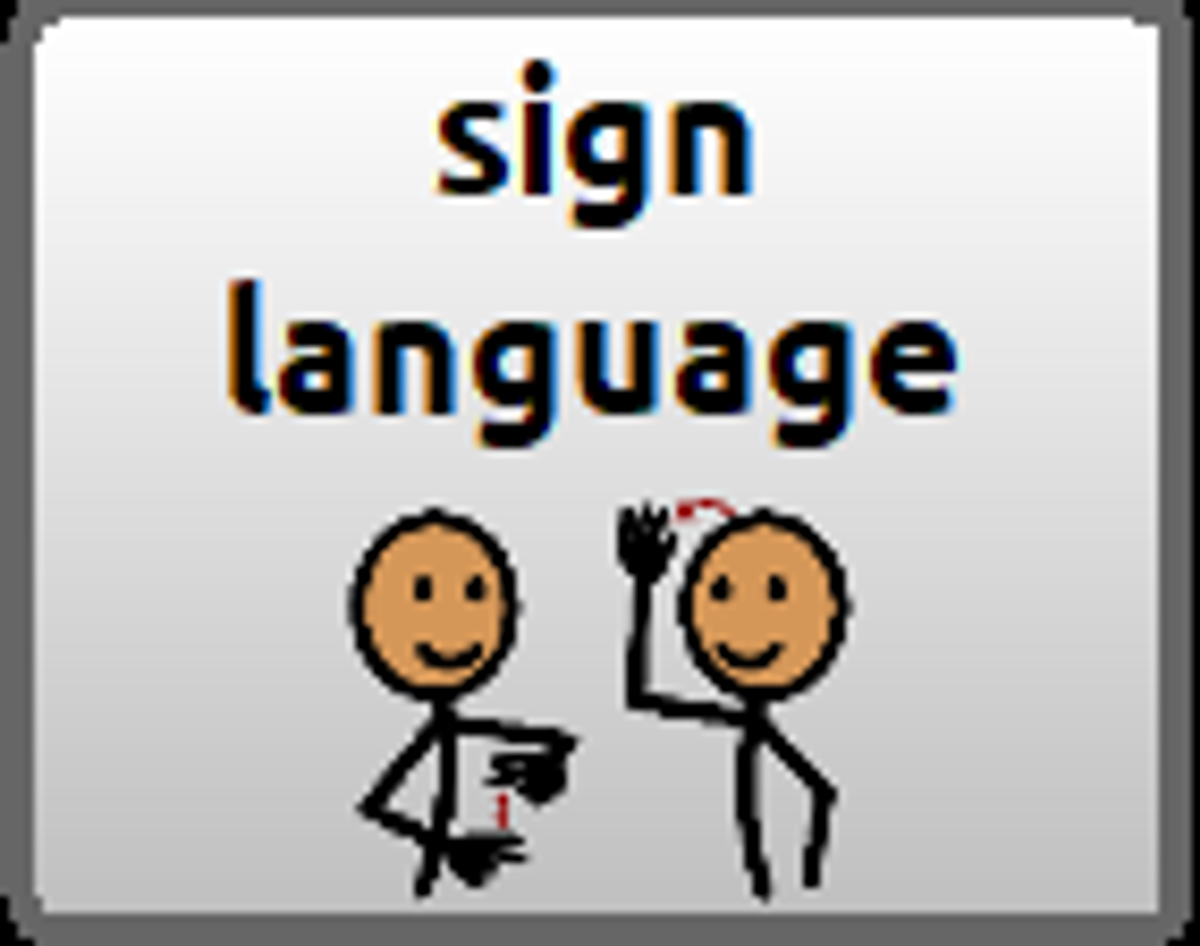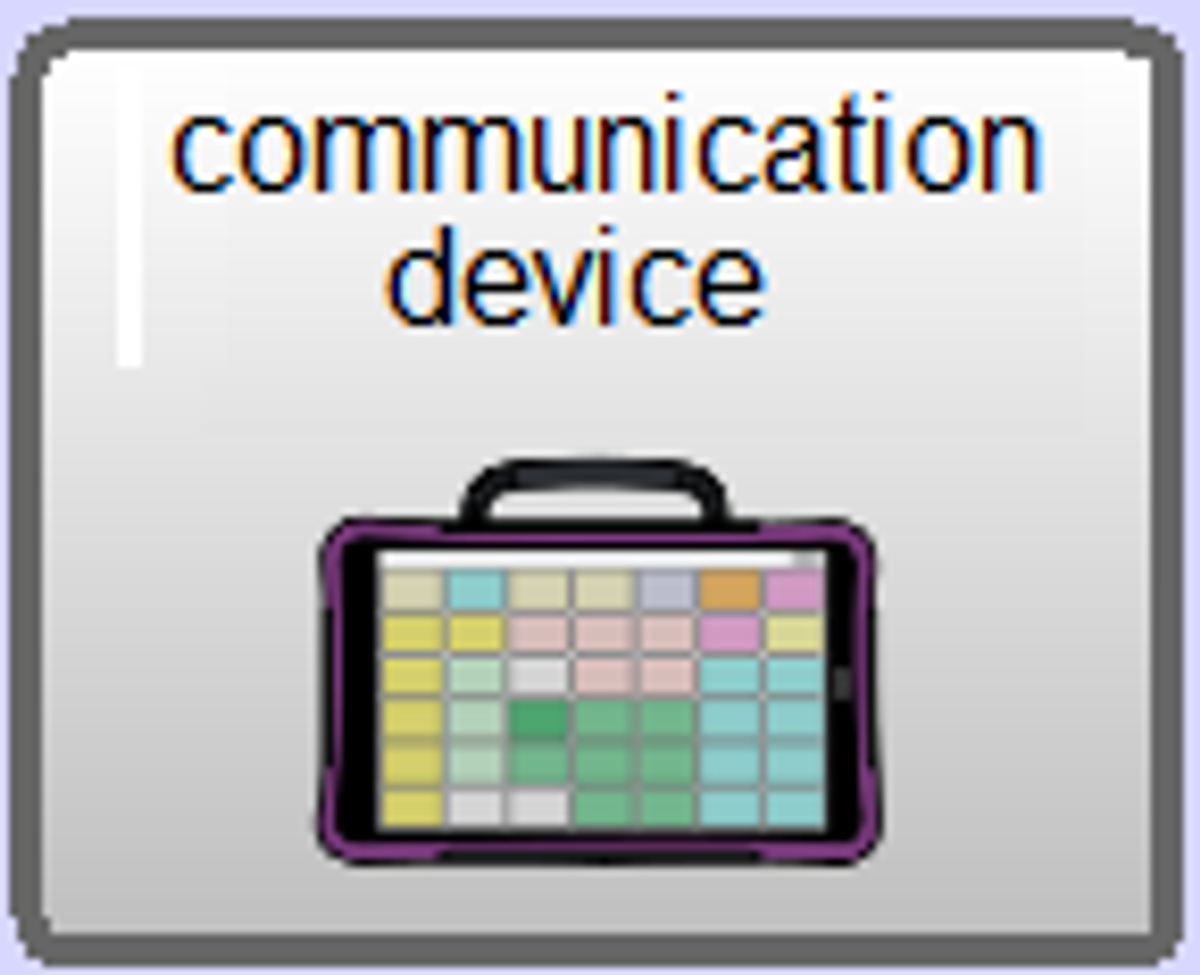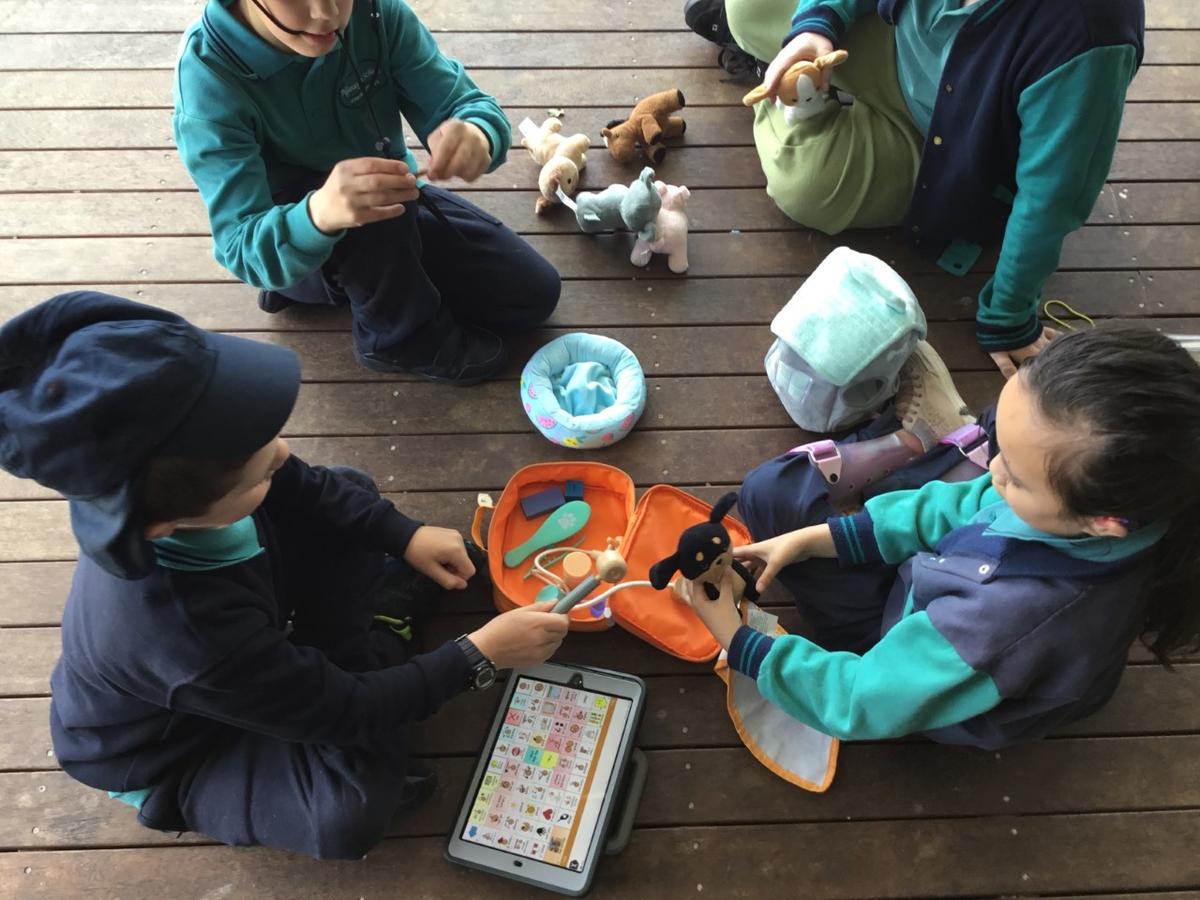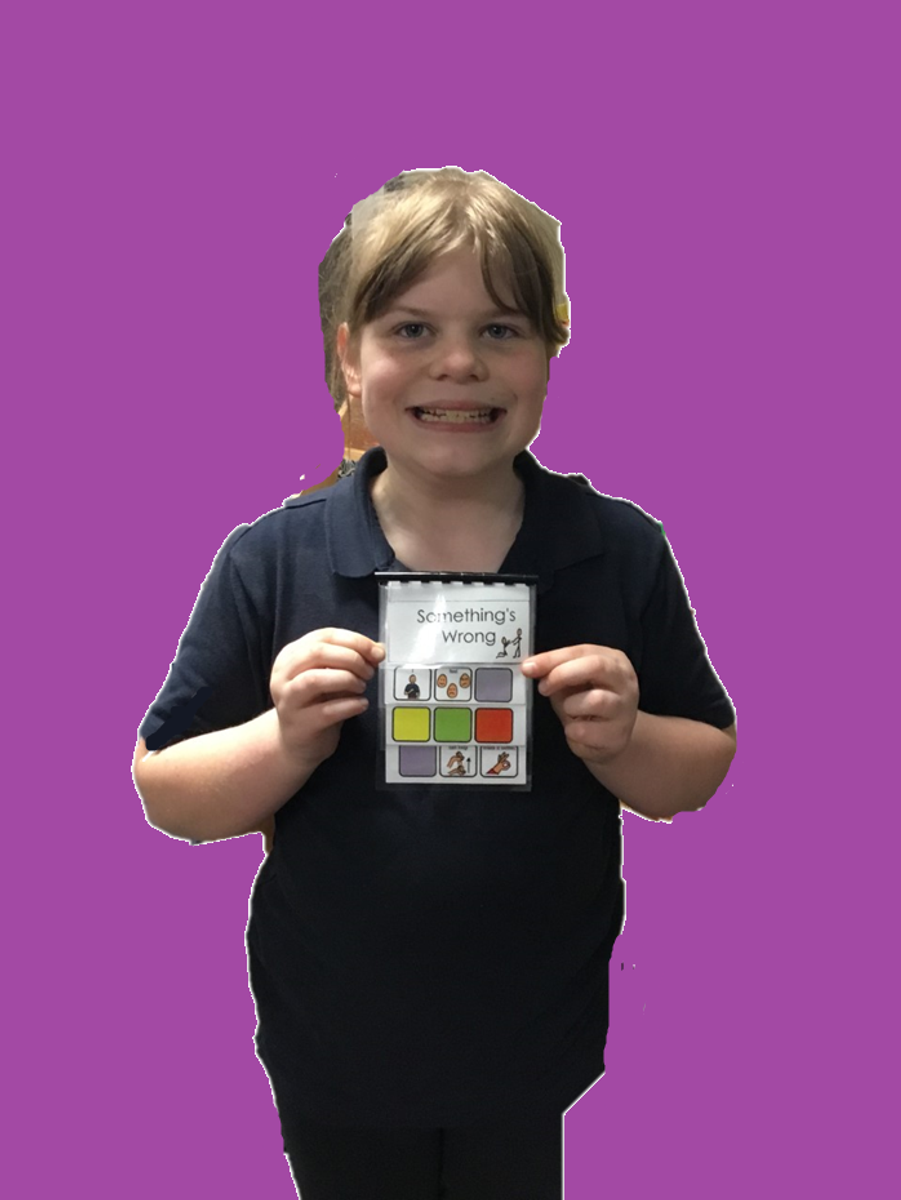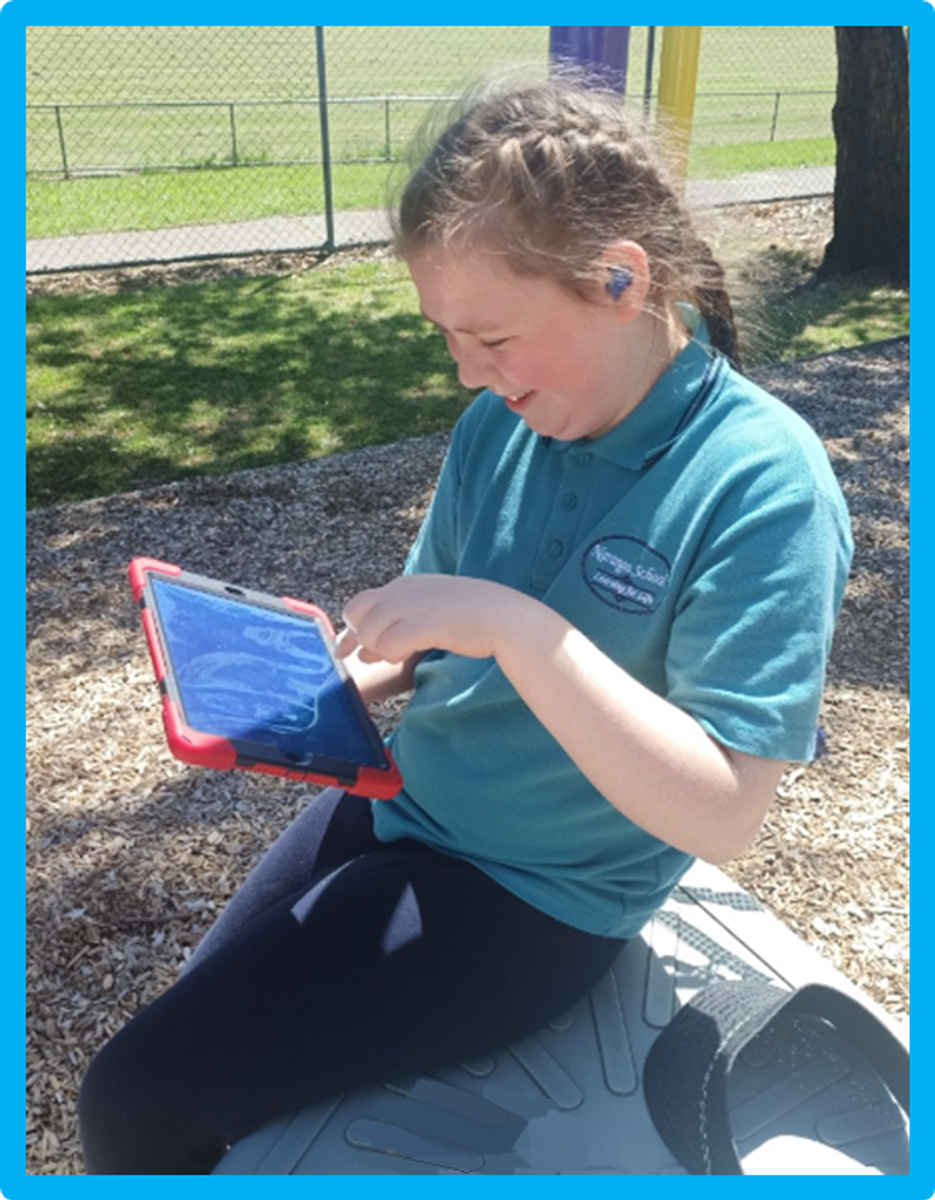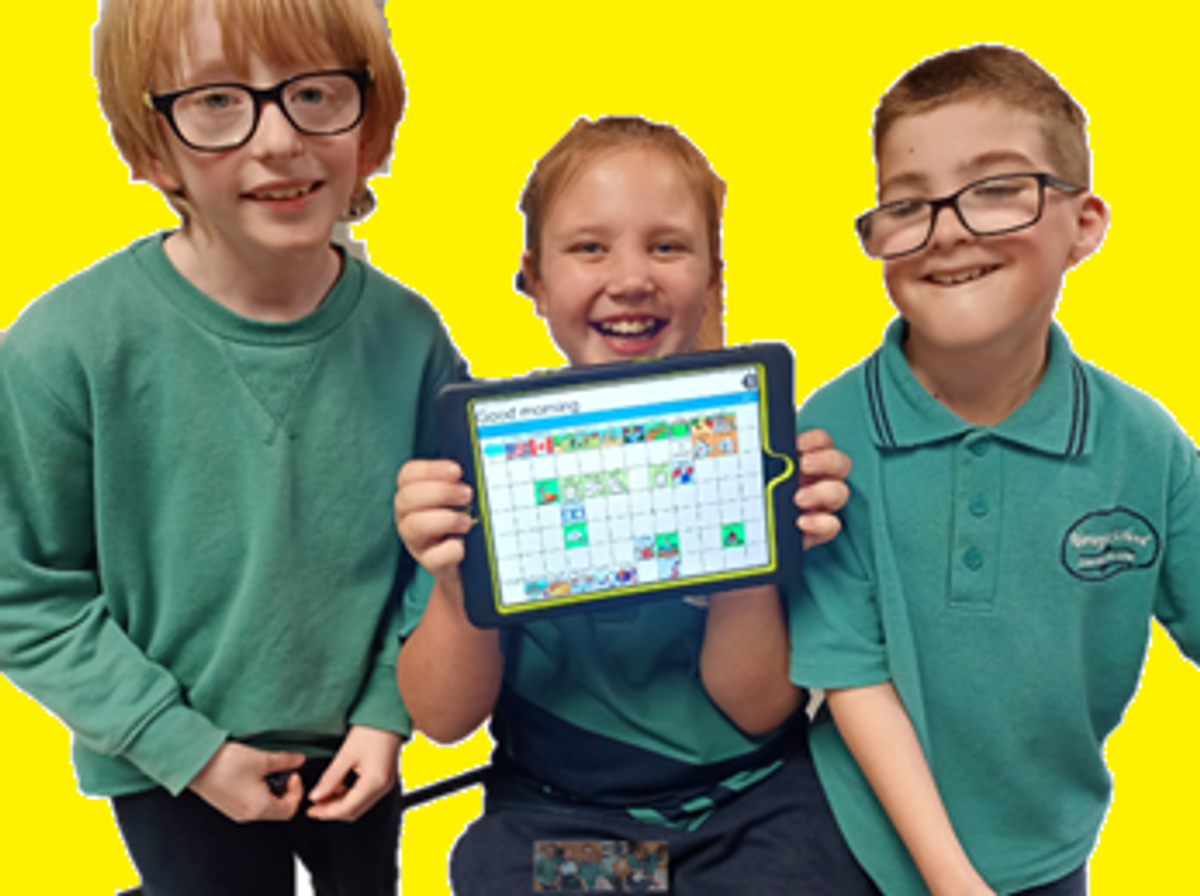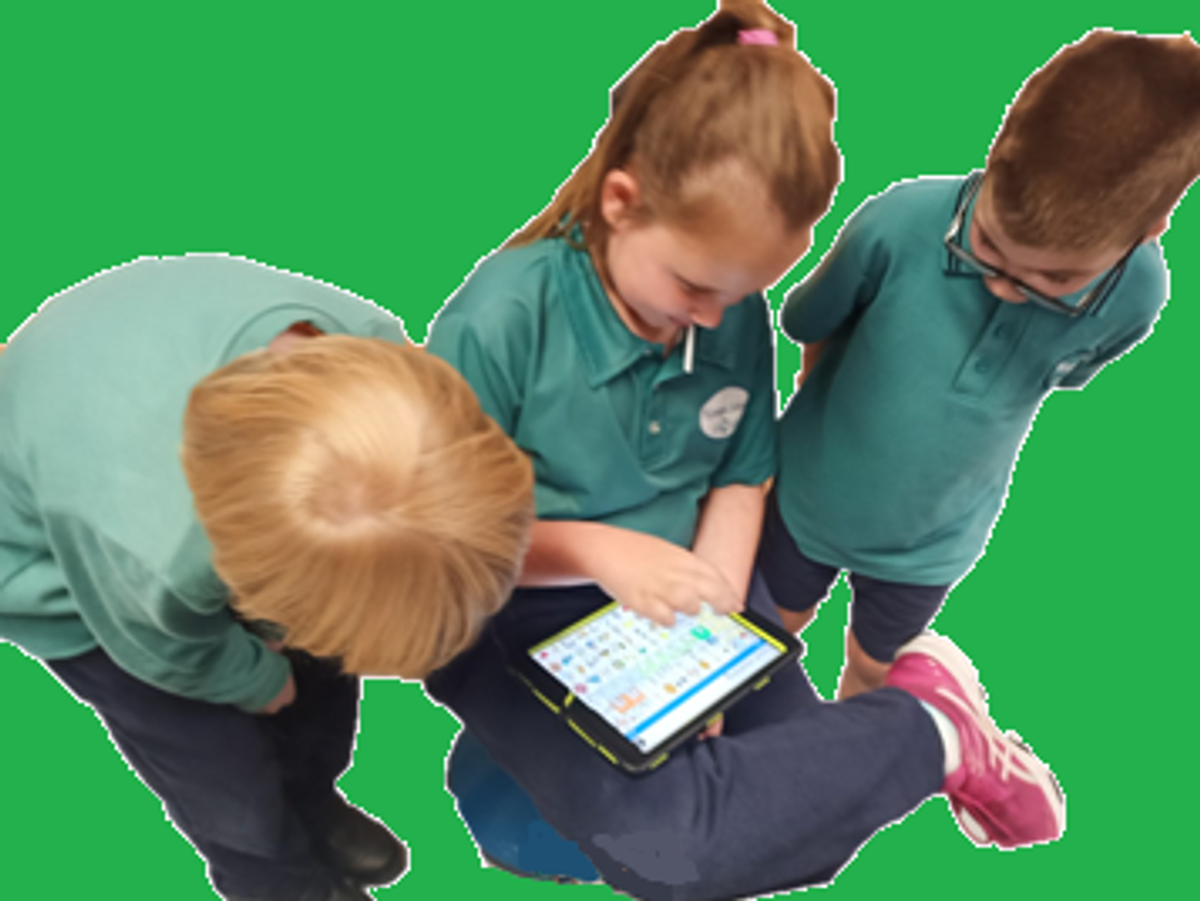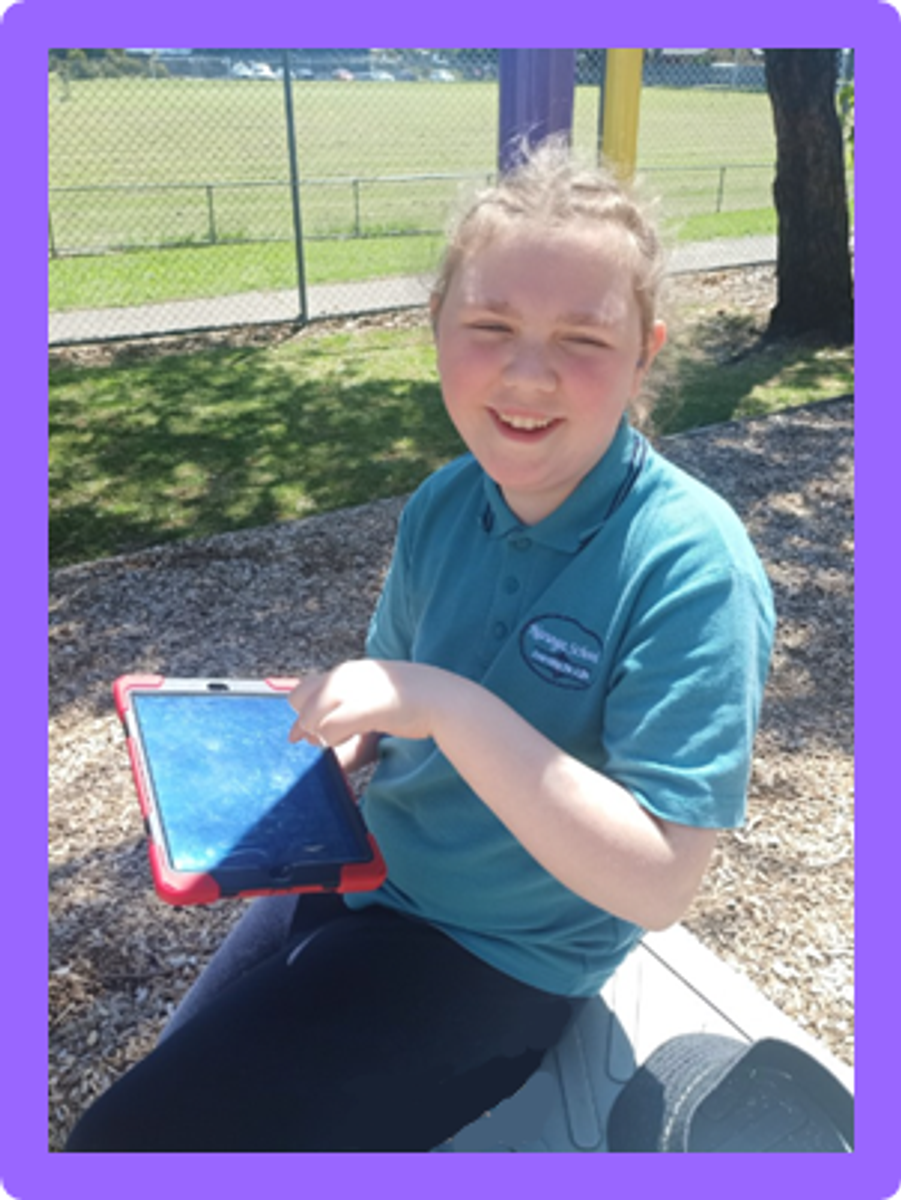Therapy

This October, we are celebrating "AAC Awareness Month"!
What is AAC?
AAC stands for “Augmentative and Alternative Communication”. AAC is used to describe tools that help people communicate without using speech.
Why use AAC?
Everyone communicates differently. Some people are non-speaking or have difficulty speaking. They communicate their thoughts & ideas using AAC.
Every person deserves to be heard, no matter how they communicate.
Types of AAC
AAC includes all modes of communication. Some people use their body to communicate (e.g. sign language). Some people use technology (e.g. communication device or a phone). Some people use other low-tech tools (like paper, communication boards or a whiteboard.
AAC at Naranga
Students at Naranga use lots of different kinds of AAC. We practice using AAC at school to help get our messages across. Here are some photos of some of our students showing us different AAC. In the pictures we can see Auslan sign language, iPad AAC (LAMP, Proloquo2Go, TouchChat) and an AAC problem-solving tool.
Who can use AAC?
Everyone! Each person is an individual, so it might look different, but anyone can use AAC.
What can you do?
- Talk to your children about the ways people communicate. Explain to them that some people use their voice and some people use different ways.
- Talk directly to an AAC-user rather than to their caregiver.
- Listen & give everyone the time they need to communicate.
- Assume competence – you can’t see all of a person’s skills just by looking at them!
- Ask questions to check that you have understood correctly.
- If you’re not sure about something, ask respectfully to learn and understand more.
- If you think your child could benefit from using AAC, reach out to your NDIS speech therapist or Kyria Morgan at Naranga.
The Naranga Therapy Team
